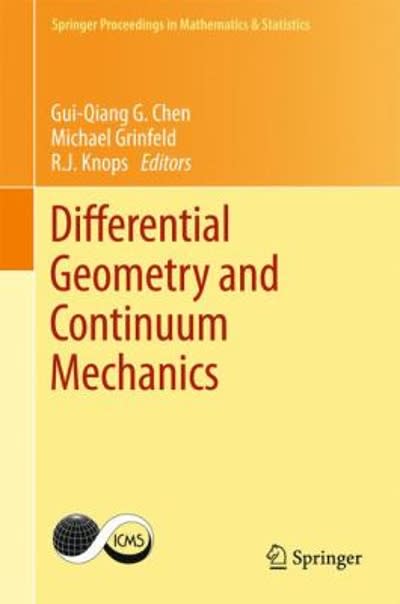Question
Question 1: A single-phase, full-bridge diode rectifier fed from a 230 V, 50 Hz sinusoidal source supplies a series combination of finite resistance, R, and



Question 1:
A single-phase, full-bridge diode rectifier fed from a 230 V, 50 Hz sinusoidal source supplies a series combination of finite resistance, R, and a very large inductance, L. The two most dominant frequency components in the source current are?
Question 2:
Consider a signal x[n]=(12)n1[n],x[n]=(12)n1[n], where 1[n]=01[n]=0 if n0isz?k1?12z?1x[n?k],k>0isz?k1?12z?1 with region of convergence being
Question 3:
The value of the following complex integral, with C representing the unit circle centered at origin in the counterclockwise sense, is: ?Cz2+1z2+2zdz
Question 4:
A lossless transmission line with 0.2 pu reactance per phase uniformly distributedd along the length of the line, connecting a generator bus to a bus, is protected up to 80 % of its length by a distance relay placed at the generator bus. The generator terminal voltage is 1 pu. There is no generation at the load bus. The threshold pu current for operation of the distance relay for a solid three phase-to-ground fault on the transmission line is closest to:
Question 5:
Consider a linear time-invariant system whose input r(t)r(t) and output y(t)y(t) are related by the following differential equation: d2y(t)d(t)2+4y(t)=6r(t)d2y(t)d(t)2+4y(t)=6r(t)
The poles of this system are at?
Question 6:
Which of the following is true for all possible non-zero choices of integers m,n;m?nm,n;m?n or all possible non-zero choices of real numbers p,q;p?qp,q;p?q, as applicable ?
Question 7:
A sequence detector is designed to detect precisely 3 digital inputs, with overlapping sequences detectable. For the sequence (1,0,1) and input data (1,1,0,1,0,0,1,1,0,1,0,1,1,0), what is the output of this detector ?
Question 8:
A three-phase, 50 Hz, 4-pole induction motor runs at no-load with a slip of 1 % With full load, the slip increaseas to 5 % The % speed regulation of the motor (rounded off to 2 decimal places) is?
Question 9:
A double pulse measurement for an inductively loaded circuit controlled by the IGBT switch is carried out to evaluate the reverse recovery characteristics of the diaode, D, represented approximately as a piecewise linear plot of current vs time at diode turn-off. Lpar is a parasitic inductance dur to the wiring of the cirucit, and is in series with the diode. The point on the plot (indicate your choice by entering 1, 2, 3 or 4) at which the IGBT experiences the highest current stress is
Question 10:
A single-phase, 4 kVA, 200 V/100 V, 50 Hz transformer with laminated CRGO steel core has rated no-load loss of 450 W. When the high-voltage winding is excited with 160 V, 40 Hz sinusoidal ac supply, the no-load losses are found to be 320 W. When the high-voltage winding of the same transformer is supplied from a 100 V, 25 Hz sinusoidal ac source, the no-load losses will be ____________ W (rounded off to 2 decimal places).




Step by Step Solution
There are 3 Steps involved in it
Step: 1

Get Instant Access to Expert-Tailored Solutions
See step-by-step solutions with expert insights and AI powered tools for academic success
Step: 2

Step: 3

Ace Your Homework with AI
Get the answers you need in no time with our AI-driven, step-by-step assistance
Get Started


